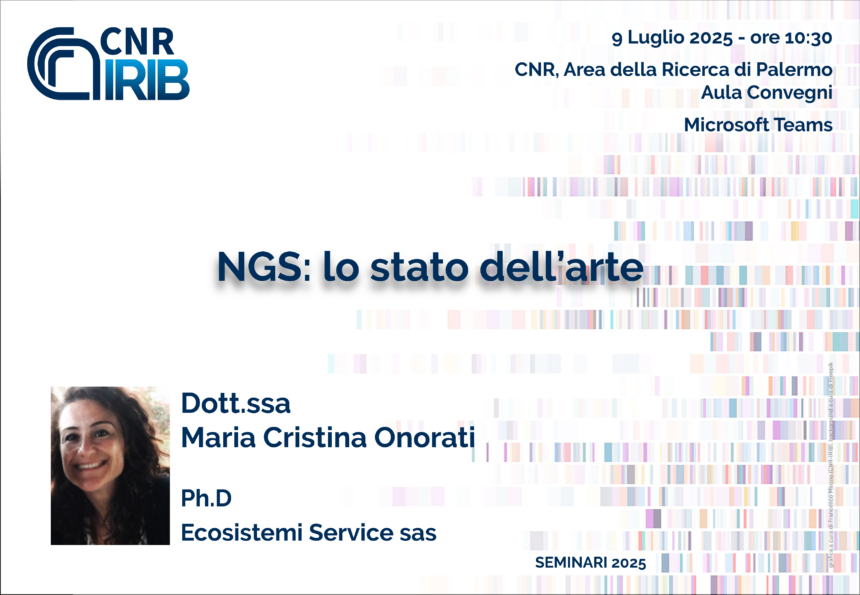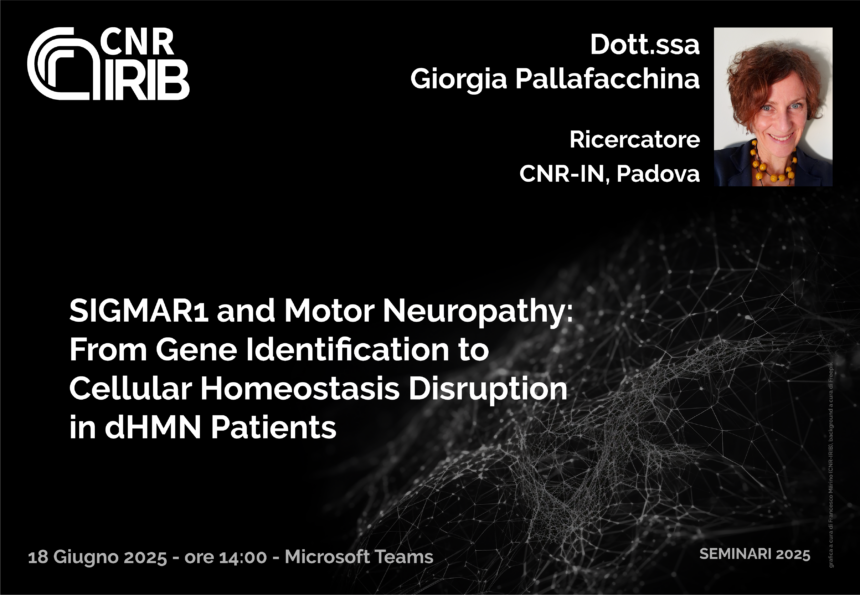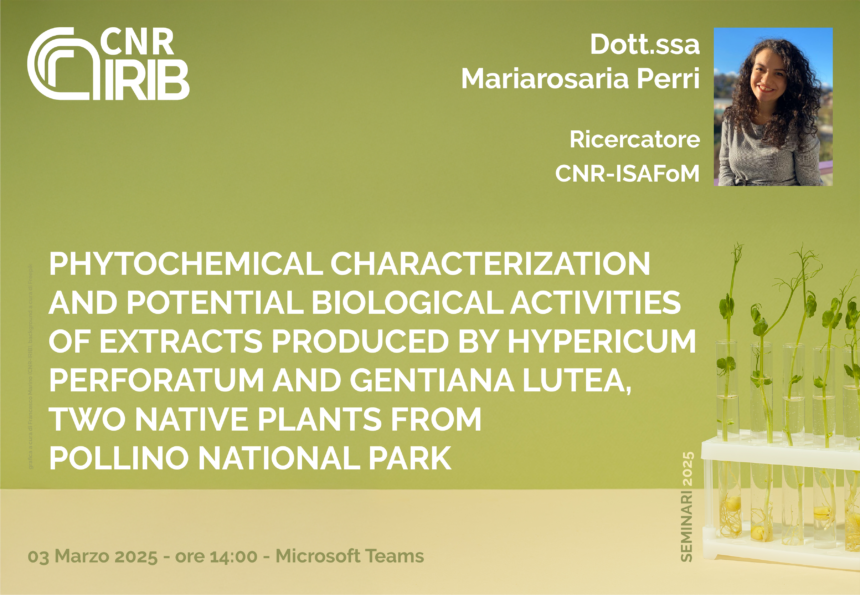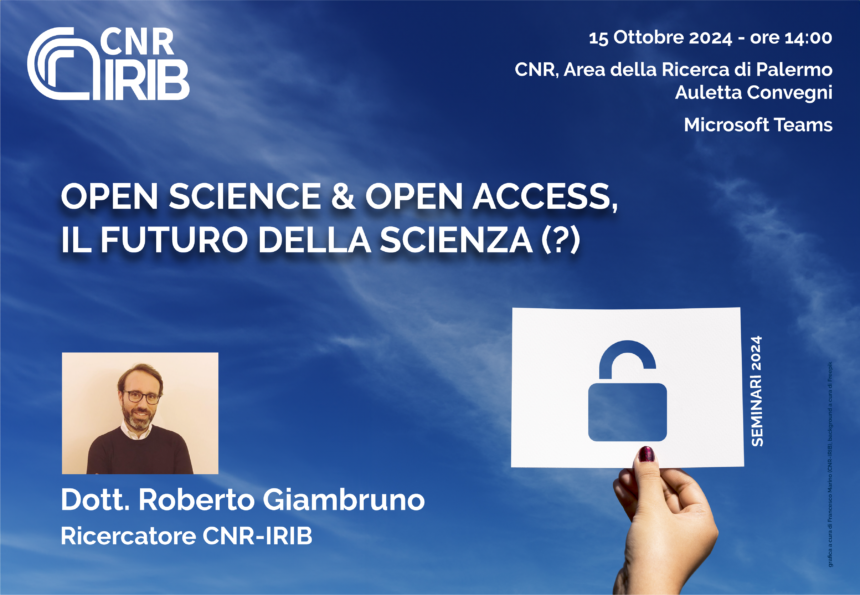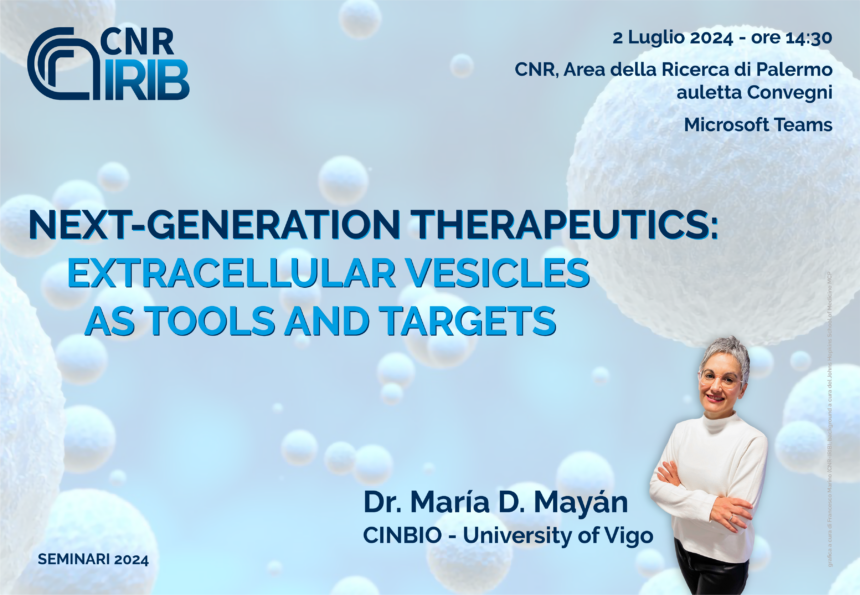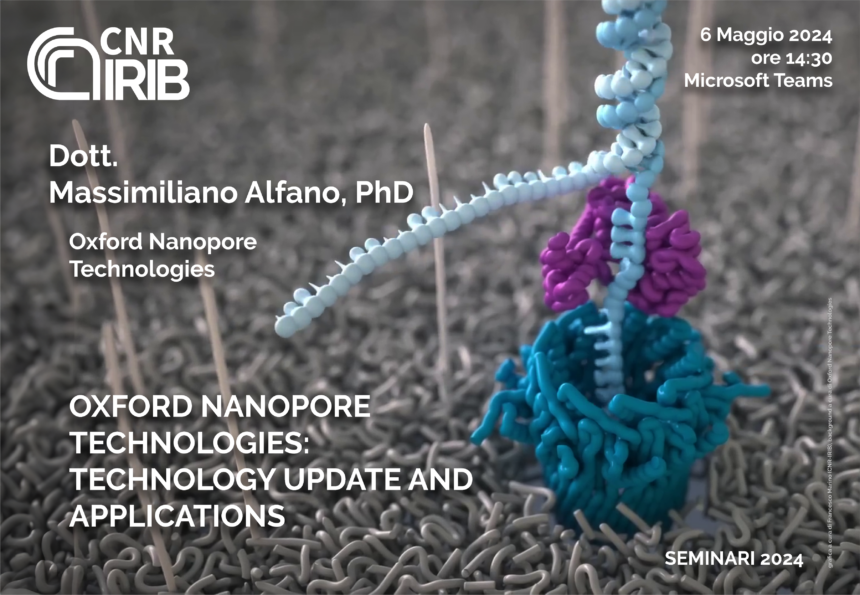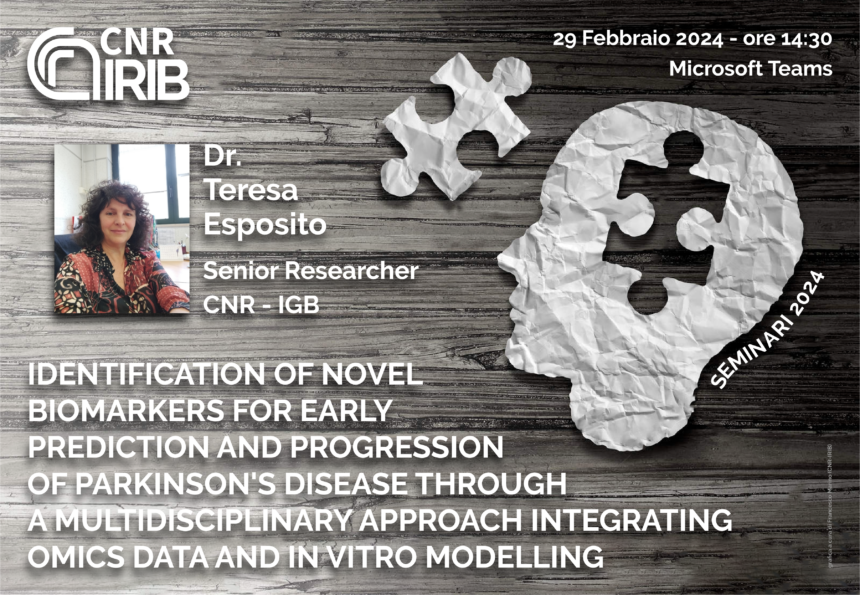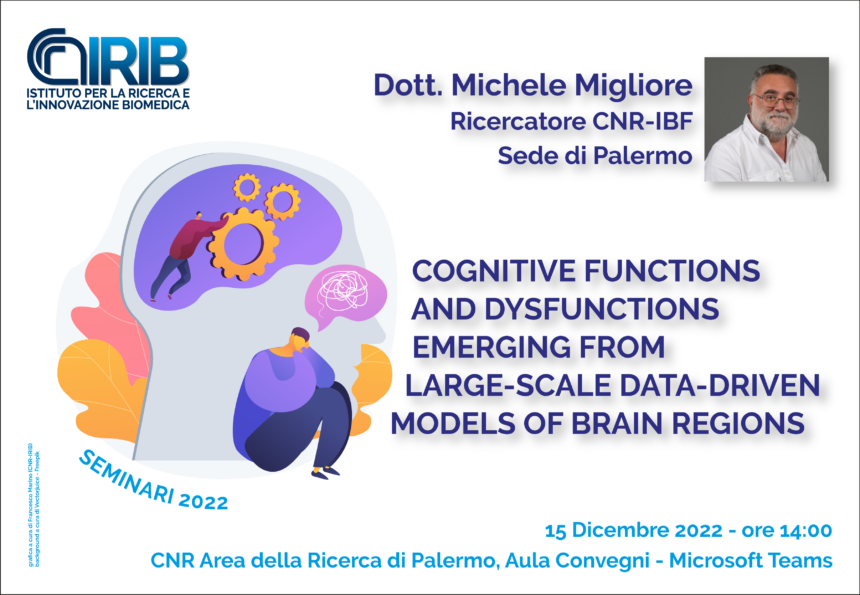Dr. Teresa Esposito
Senior Researcher, CNR-IGB
Identification of novel biomarkers for early prediction and progression of Parkinson’s disease through a multidisciplinary approach integrating omics data and in vitro modelling
29/02/2024 – ore 14:30
Abstract:
Parkinson’s disease (PD) represents one of the most frequent neurodegenerative disorders for which genetic diagnosis is still challenging due to the high genetic heterogeneity associated with the disease and to the difficulty in interpreting test results. We have recently reported the identification of rare new gene variants in PD patients that support polygenic contribution to the disease. To better decipher the genetic complexity of PD and to identify novel biomarkers related to the PD etiology and severity we applied a multidisciplinary approach based on jointing ‘omics’ techniques (whole exome sequencing, proteomic, lipidomic metabolomics) with clinical data in circulating biofluids and cellular models. To address these objectives, we realized a Biobank for Parkinson’s disease which includes a large collection of PD samples (about 800 patients including familiar and sporadic cases) recruited at IRCCS Neuromed for which we collected and stored clinical information (neurological examination and drugs therapy), genetic data (WES) as well as DNA, serum, plasma, PBMC, fibroblast cell lines and induced pluripotent stem cells (iPSC).
Genetic analysis of the entire cohort discovered a significant excess of rare and deleterious variants in novel PD genes, highly expressed in human dopaminergic neurons, and involved in pathways potentially deregulated in PD including signal transduction pathways and endocytic recycling. In these genes, we identified both rare likely pathogenic variants, altering protein structure and dynamics, as well as frequent variants associated with PD risk. Moreover, we demonstrated that the co-inheritance of multiple rare variants (≥ 2) in a panel of 37 PD genes selected in this study, may predict disease risk in about 26% of patients, both familial and sporadic cases, with high specificity (> 90%; p = 3.23 x10-9). Furthermore, patients carrying multiple rare variants showed higher risk of manifesting dyskinesia induced by levodopa treatment (p=0.004), severe cognitive impairment (p=0.009) and an earlier age at onset of the disease (p=0.01).
Moreover, since PD is now considered to be a diverse group of disorders, rather than a single pathogenic disease entity, affecting both the peripheral and central nervous system, new approaches for the study of PD should be adopted by combining multiple omic layers of high-throughput sources to elucidate new biological information to a better understanding of neurodegenerative conditions. Lipids, metabolites, and proteins reflect the physiological and pathological status of an individual. Profiling these data types could be useful not only to highlight new pathways affected in PD condition but also to identify sensitive and effective markers for early disease detection and potentially effective therapeutic interventions. We applied this approach to investigate whether the presence of mutations in TMEM175 gene could reflect a characteristic lipidomic, metabolomic and proteomic signature of PD patients both at circulating and cellular levels. Preliminary data revealed a network of lipids and proteins associated to lysosomal and mitochondrial metabolism in Parkinson’s disease patients carrying mutations in TMEM175 gene.
INFO : seminari.irib@irib.cnr.it

